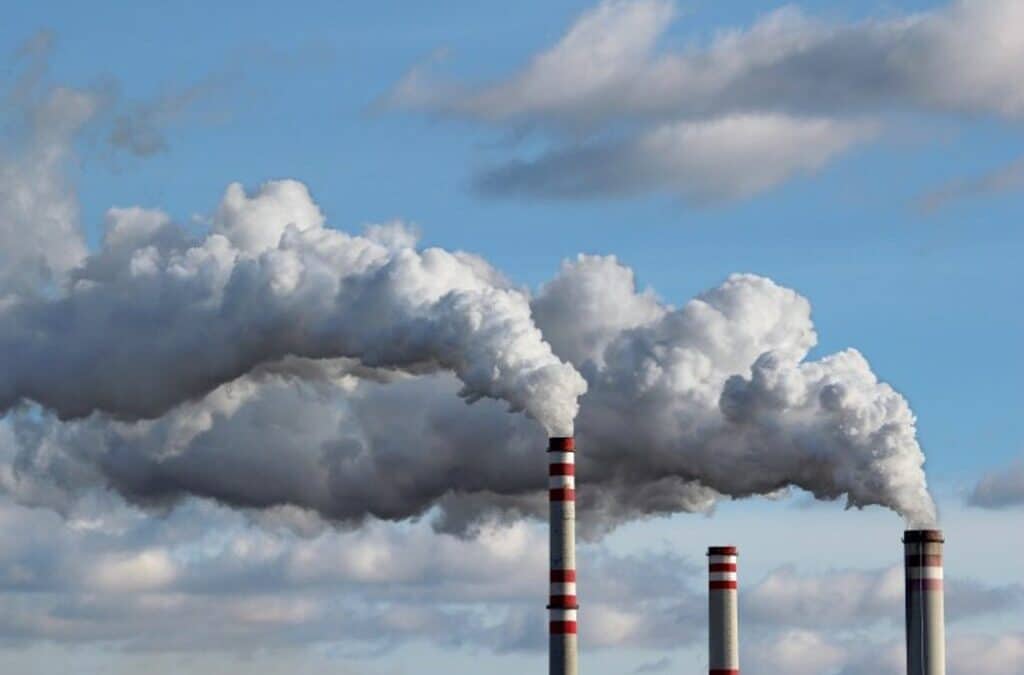In today’s rapidly evolving world, environmental hazards lurk around every corner, often camouflaged within the tools and technologies designed to make life more convenient and efficient. From the air you breathe to the devices you use daily, unseen dangers threaten to undermine your health and well-being.
This article seeks to unveil these hidden perils, shedding light on the everyday environmental hazards that pervade your life, often unnoticed.
Microwave Health Risks
Among the most ubiquitous household appliances, the microwave oven epitomizes modern convenience. Yet, concerns linger about its safety, particularly regarding radiation leakage and the impact on food’s nutritional content. Many experts discuss these issues in depth, highlighting the importance of understanding and mitigating these risks.
While regulatory standards aim to limit exposure to microwave radiation, ensuring appliance integrity and proper usage is paramount for minimizing potential health dangers. Therefore, if you are looking to reduce some microwave health risks, checking out reliable resources or consulting with a professional can help you obtain valuable insights on the matter.
Indoor Air Quality
Indoor air quality significantly impacts health, with pollutants from everyday items such as paints, cleaning products, and upholstered furniture releasing volatile organic compounds (VOCs). Additionally, mold, dust mites, and pet dander add to the indoor air pollution, potentially leading to respiratory issues and allergies.
The risk is heightened because individuals typically spend much of their time indoors. To combat these hazards, it is crucial to maintain good ventilation, possibly through air purifiers and regular cleaning practices, to ensure the air you breathe indoors is as clean as possible.
Chemicals in Personal Care Products
The personal care industry heavily relies on various chemicals to enhance product effectiveness and shelf life, including shampoos, lotions, and cosmetics. Substances like parabens and phthalates, common in these products, are known for their potential endocrine-disrupting properties, which can interfere with hormonal balance and lead to significant health concerns.
Despite growing awareness and demand for safer, natural alternatives, these chemicals remain prevalent in many mainstream personal care items. To mitigate these risks, consumers are encouraged to scrutinize product labels and opt for items with fewer synthetic ingredients.
Plastic Pollution
The convenience of plastic, especially single-use varieties, is overshadowed by its environmental and health impacts. Plastics, particularly when associated with food storage and packaging, can release harmful chemicals such as BPA and phthalates, known for their endocrine-disrupting effects. These substances pose risks to hormonal and reproductive health, raising significant concerns.
The pervasiveness of plastic waste in ecosystems, notably in oceans and landfills, exacerbates the problem. Addressing this issue requires a concerted effort to reduce reliance on plastics, enhance recycling, and shift towards sustainable materials.
Electronic Waste
Electronic waste, or e-waste, presents a growing environmental challenge driven by the fast-paced upgrade cycles of electronic devices. Discarded gadgets, such as smartphones and computers, contain hazardous materials like lead, mercury, and cadmium, which can pollute the environment and pose health dangers to humans and animals when not properly disposed of.
The issue of e-waste highlights the need for responsible electronics recycling programs and the promotion of sustainable device disposal practices. By properly managing e-waste, you can mitigate its environmental impact and protect public health.
Water Contamination
Various forms of contamination constantly threaten the integrity of the water sources. Industrial activities, agricultural runoff laden with pesticides, and decaying infrastructure contribute to the pollution of these vital resources. Contaminants such as lead, known for its neurotoxic effects, nitrates that can disrupt the oxygen transport in the blood, and microplastics, which carry additional pollutants and disrupt aquatic life, are of particular concern.
The complexity of these challenges underscores the need for vigilant monitoring, robust investment in water treatment technologies, and the modernization of water distribution systems to safeguard this essential resource for current and future generations.
Noise Pollution
Noise pollution has emerged as a significant, yet often underestimated, public health concern. The relentless hum of urban development, coupled with the cacophony from industrial sites, has led to an environment where harmful noise levels are increasingly the norm. This auditory onslaught contributes to a range of health issues, including heightened stress levels, impaired hearing, and even cardiovascular diseases due to the body’s stress response to prolonged noise exposure.
Addressing this growing issue demands a concerted effort to integrate noise reduction measures into urban planning, such as soundproofing, green spaces, and zoning laws, alongside public health campaigns to promote the importance of ear protection in mitigating the adverse effects of noise pollution.
The Path Forward
Addressing these hidden dangers requires a multifaceted approach involving regulation, public awareness, and individual action. Regulatory bodies must enforce strict standards to limit exposure to harmful substances and practices. Public awareness campaigns can educate on the risks and safer alternatives, empowering individuals to make informed decisions. Finally, personal responsibility in lifestyle and consumption choices is critical in mitigating everyday environmental hazards. hidden dangers
Conclusion
The hidden dangers in the environment pose significant challenges to health and well-being. By unveiling these everyday hazards, you can take the first step towards creating a safer, healthier world for yourself and future generations. You can mitigate these risks and safeguard your environment through informed choices, proactive measures, and collective action. hidden dangers

